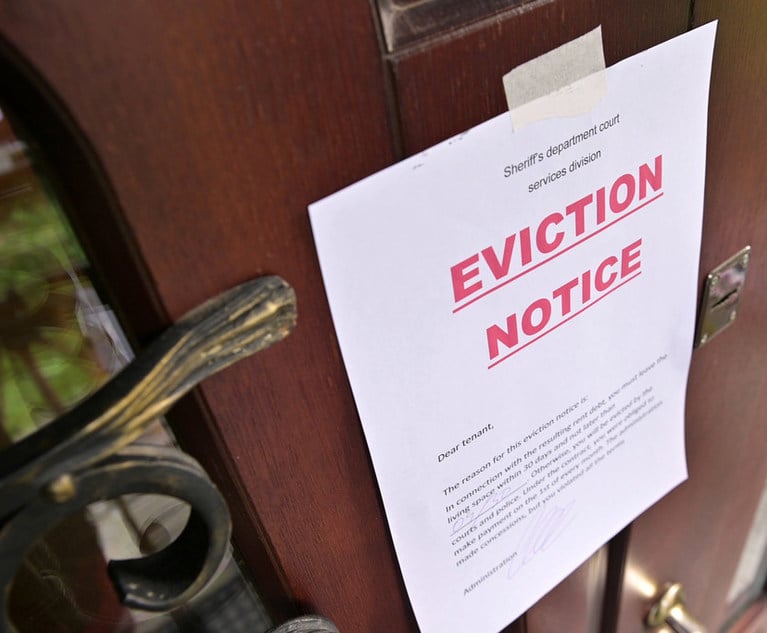The new Adams’ administration faces significant work and City Council skepticism as it prepares to implement Local Law 97 of 2019 (LL97), the centerpiece of New York City’s Climate Mobilization Act that has been widely hailed as the nation’s most aggressive building-focused greenhouse gas emissions reduction legislation. The goal of LL97 is to drop GHG emissions by 40% by 2030 and by 80% by 2050. To accomplish this, it imposes strict caps on covered buildings beginning in 2024 and becomes increasingly stringent in five-year increments. Owners who fail to achieve the reductions face stiff penalties.
At a recent joint City Council Environmental and Housing committees oversight hearing, the administration’s Chief Climate Officer and Commissioner of the city’s Environmental Protection Department Rit Aggarwala tried to balance the administration’s preferred pragmatic approach with city council’s apparent desire for aggressive enforcement. In his opening remarks, Aggarwala affirmed the administration is committed to implementation “in the right way.” The New York City Council Committee on Environmental Protection Jointly With the Committee on Housing and Buildings Remote Hearing, April 13, 2022. He said the administration’s primary focus is on compliance and reduced GHG emissions, and not necessarily on levying penalties against building owners doing their best to comply. Aggarwala noted that LL97’s significant penalties give the law teeth, but stressed that penalties needed to be levied “with thoughtfulness,” and a recognition that the City is still recovering from the COVID-19 pandemic’s impact.


 New York City Mayor-elect Eric Adams. Credit: lev radin/Shutterstock.com
New York City Mayor-elect Eric Adams. Credit: lev radin/Shutterstock.com




